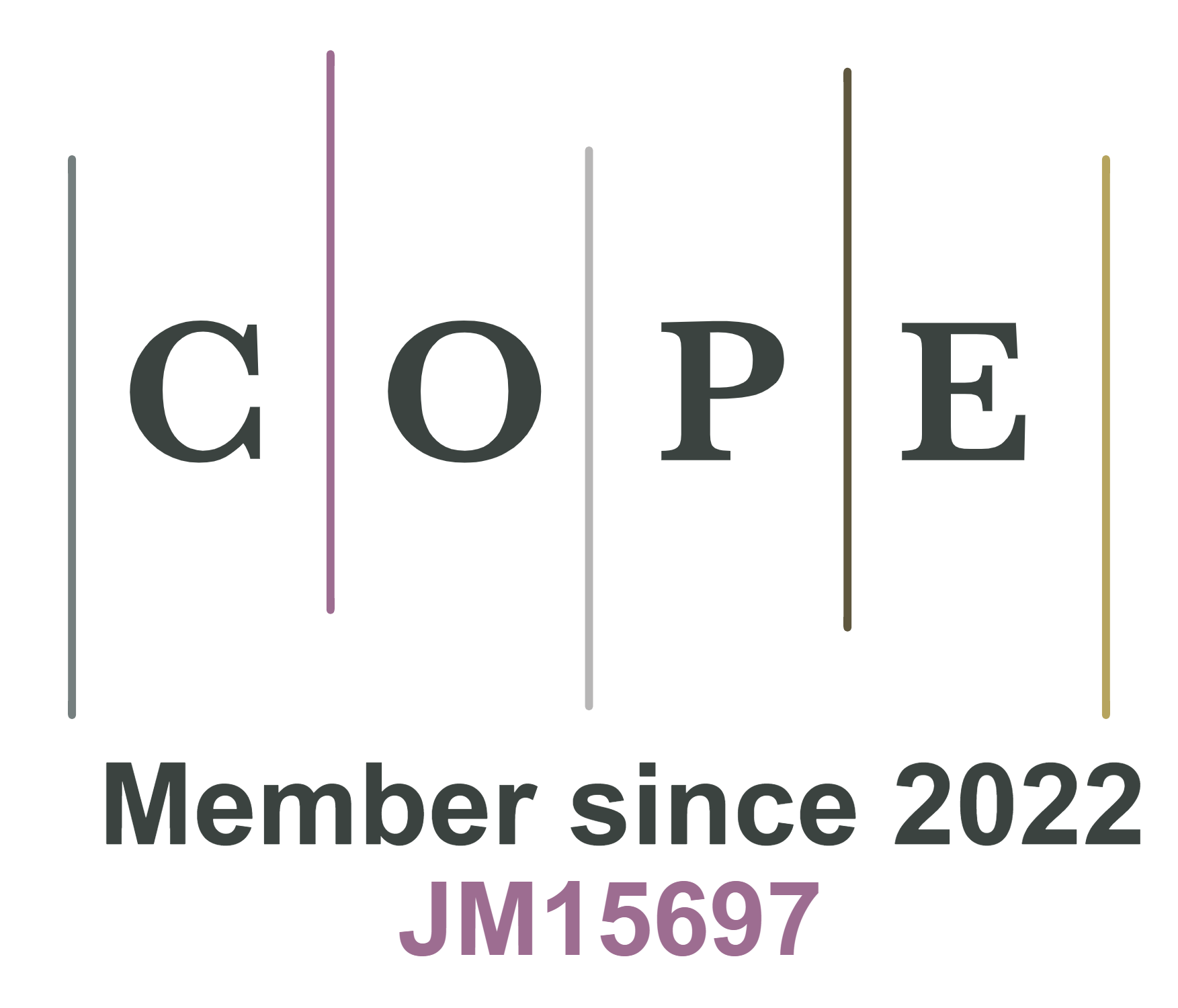REFERENCES
1. Regulation GDP. Regulation (EU) 2016/679 of the European Parliament and of the Council of 27 April 2016 on the protection of natural persons with regard to the processing of personal data and on the free movement of such data, and repealing Directive 95/46. Official Journal of the European Union (OJ) 2016;59:294.
2. Fung BCM, Wang K, Chen R, Yu PS. Privacy-preserving Data Publishing: A Survey of Recent Developments. ACM Comput Surv 2010;42:14:1-4:53.
3. Narayanan A, Shmatikov V. Robust de-anonymization of large sparse datasets. In: Security and Privacy, 2008. SP 2008.. , ;.
4. Adam NR, Worthmann JC. Security-control methods for statistical databases: a comparative study. ACM Computing Surveys (CSUR) 1989;21:515-56.
5. Bethlehem JG, Keller WJ, Pannekoek J. Disclosure control of microdata. Journal of the American Statistical Association 1990;85:38-45.
6. Duncan GT, Lambert D. Disclosure-limited data dissemination. Journal of the American statistical association 1986;81:10-18.
7. Fellegi IP, Sunter AB. A theory for record linkage. Journal of the American Statistical Association 1969;64:1183-210.
8. Lambert D. Measures of disclosure risk and harm. JOURNAL OF OFFICIAL STATISTICS-STOCKHOLM 1993;9:313-13.
9. Fellegi IP. On the question of statistical confidentiality. Journal of the American Statistical Association 1972;67:7-18.
10. Livraga G. Privacy in microdata release: Challenges, techniques, and approaches. In: Data-Driven Policy Impact Evaluation. Springer; 2019. pp. 67-83.
11. Sweeney L. kanonymity: A model for protecting privacy. International Journal of Uncertainty, Fuzziness and Knowledge-Based Systems 2002;10:557-70.
12. Machanavajjhala A, Kifer D, Gehrke J, Venkitasubramaniam M. L-diversity: Privacy Beyond K-anonymity. ACM Trans Knowl Discov Data 2007 Mar;1. Available from: http://doi.acm.org/10.1145/1217299.1217302. [DOI: 10.1145/1217299.1217302].
13. Li N, Li T, Venkatasubramanian S. t-Closeness: Privacy Beyond k-Anonymity and l-Diversity.. , ;.
14. Delanaux R, Bonifati A, Rousset M, Thion R. Query-Based Linked Data Anonymization. In: Vrandecic D, Bontcheva K, Suárez-Figueroa MC, Presutti V, Celino I, et al., editors. The Semantic Web - ISWC 2018 - 17th International Semantic Web Conference, Monterey, CA, USA, October 8-12, 2018, Proceedings, Part I. vol. 11136 of Lecture Notes in Computer Science. Springer; 2018. pp. 530–46. Available from: https://doi.org/10.1007/978-3-030-00671-6_31. [DOI: 10.1007/978-3-030-00671-6_31].
15. Grau BC, Kostylev EV. Logical Foundations of Linked Data Anonymisation. J Artif Intell Res 2019;64:253–314. Available from: https://doi.org/10.1613/jair.1.11355. [DOI: 10.1613/jair.1.11355].
16. Li T, Li N. On the tradeoff between privacy and utility in data publishing. In: Proceedings of the 15th ACM SIGKDD international conference on Knowledge discovery and data mining. ACM; 2009. pp. 517-26.
17. Bezzi M. An information theoretic approach for privacy metrics. Trans Data Privacy 2010;3:199-215.
18. Pfitzmann A, Köhntopp M. Anonymity, unobservability, and pseudonymity—a proposal for terminology. In: Designing privacy enhancing technologies. Springer; 2001. pp. 1-9.
19. Diaz C. Anonymity metrics revisited. In: Dagstuhl Seminar Proceedings. Schloss Dagstuhl-Leibniz-Zentrum für Informatik; 2006.
20. Shannon CE. A mathematical theory of communication. Bell system technical journal 1948;27:379-423.
21. Wagner I, Eckhoff D. Technical privacy metrics: a systematic survey. ACM Computing Surveys (CSUR) 2018;51:57.
22. Sondeck LP, Laurent M, Frey V. Discrimination rate: an attribute-centric metric to measure privacy. Annales des Télécommunications 2017;72:755-66. Available from: https://doi.org/10.1007/s12243-017-0581-8. [DOI: 10.1007/s12243-017-0581-8]
23. Sondeck LP, Laurent M, Frey V. The Semantic Discrimination Rate Metric for Privacy Measurements which Questions the Benefit of t-closeness over l-diversity.. , ;.
24. Bezzi M, De Capitani di Vimercati S, Foresti S, Livraga G, Samarati P, et al. Modeling and preventing inferences from sensitive value distributions in data release 1. Journal of Computer Security 2012;20:393-436.
25. Cover TM, Thomas JA. Elements of information theory. John Wiley & Sons; 2012.
26. Diaz M, Wang H, Calmon FP, Sankar L. On the Robustness of Information-Theoretic Privacy Measures and Mechanisms. IEEE Transactions on Information Theory 2020;66:1949-78.
27. Lendasse A. Practical Estimation of Mutual Information on Non-Euclidean Spaces. In: Machine Learning and Knowledge Extraction: First IFIP TC 5, WG 8.4, 8.9, 12.9 International Cross-Domain Conference, CD-MAKE 2017, Reggio, Italy, August 29–September 1, 2017, Proceedings. vol. 10410. Springer; 2017. p. 123.
28. Liao J, Kosut O, Sankar L, du Pin Calmon F. Tunable Measures for Information Leakage and Applications to Privacy-Utility Tradeoffs. IEEE Transactions on Information Theory 2019;65:8043-66.
29. Agrawal D, Aggarwal CC. On the design and quantification of privacy preserving data mining algorithms. In: Proceedings of the twentieth ACM SIGMOD-SIGACT-SIGART symposium on Principles of database systems. ACM; 2001. pp. 247-55.
30. du Pin Calmon F, Fawaz N. Privacy against statistical inference. In: 2012 50th Annual Allerton Conference on Communication, Control, and Computing (Allerton). IEEE; 2012. pp. 1401-8.






